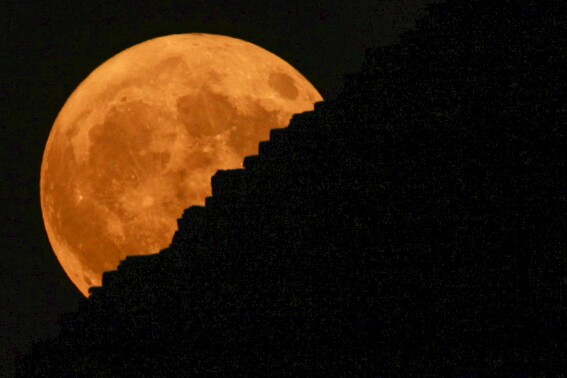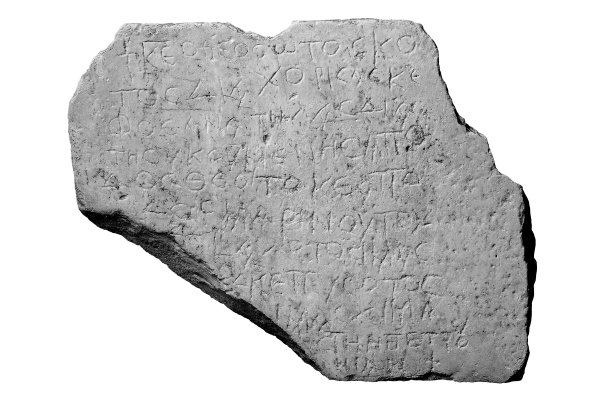Support truly
independent journalism
Support Now
Our mission is to deliver unbiased, fact-based reporting that holds power to account and exposes the truth.
Whether $5 or $50, every contribution counts.
Support us to deliver journalism without an agenda.

Louise Thomas
Editor
A blue supermoon will light up the sky on Monday, in a rare event that is expected to be one of the biggest and brightest moons of the year.
A blue moon is not named after the colour, but for the timing of full moons during the year.
Blue moons usually occur about every two or three years, but unusually in 2018 there were two blue moons, only two months apart.
The next time there will be two blue moons in a year will be 2037.

The moon has also been called the green corn moon, the grain moon, and the red moon for the reddish colour it often takes on in the summer haze.
The supermoon means Earth’s satellite is closest to the planet.
During a supermoon, the moon appears up to 14% bigger and 30% brighter compared with when it is furthest away.
The term supermoon was coined by astrologer Richard Nolle in 1979 as either a new or full Moon that occurs when the Moon is within 90% of its closest approach to Earth.
This will be the first of four consecutive supermoons this year, with the full moons in September and October virtually tied for the closest of the year.
The moon will rise at about 7.26pm, and the best time to catch a glimpse is when conditions are best suited to a clear sky.
This means low cloud cover, favourable weather and no obstructions on the horizon, such as buildings or trees.
Disclaimer: The copyright of this article belongs to the original author. Reposting this article is solely for the purpose of information dissemination and does not constitute any investment advice. If there is any infringement, please contact us immediately. We will make corrections or deletions as necessary. Thank you.



